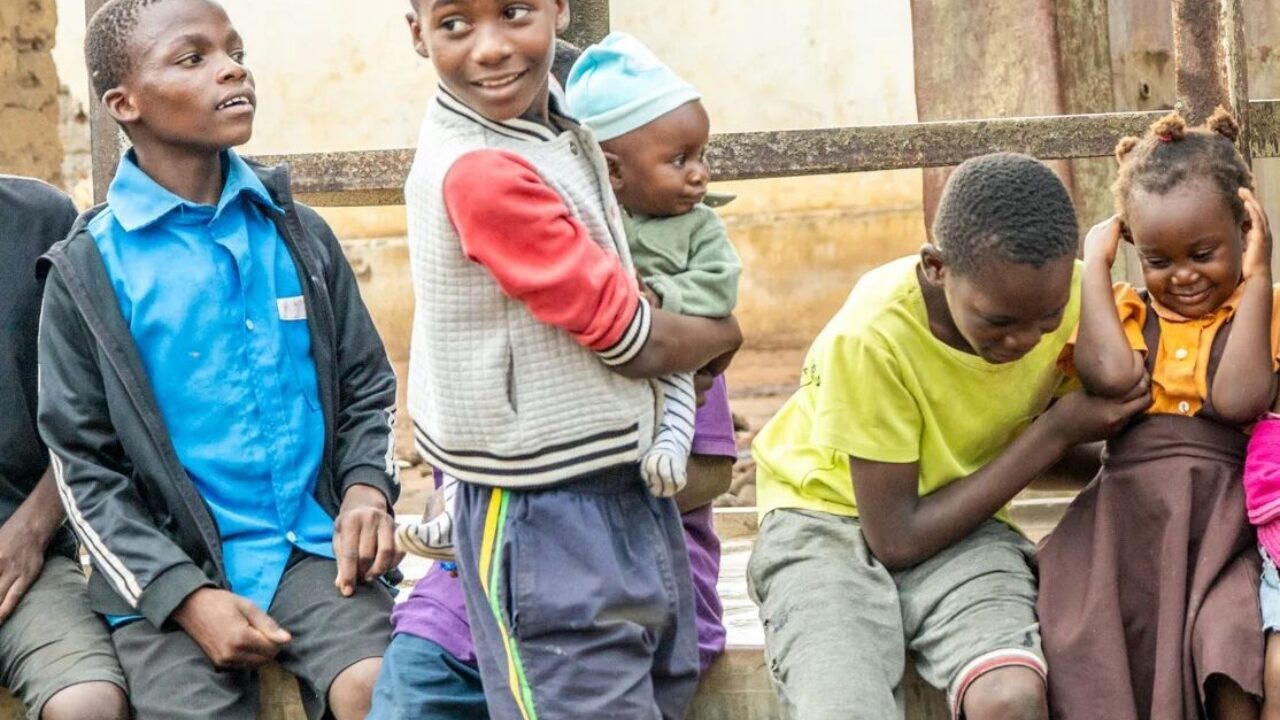In 2020, the COVID-19 pandemic triggered the deepest year-over-year decrease in carbon emissions since the end of World War II, a decline that some hoped would signal a new trend towards a cleaner future. However, the International Energy Agency (IEA) found that the decrease was short-lived—by December, global carbon emissions were 2% higher than in the same month a year earlier.
While the increase in emissions is worrisome, many of the largest carbon-emitting countries have recently announced long-term environmental policies to help their economies recover from the COVID-19 pandemic and eventually achieve net-zero carbon emissions.
One of the main tools that some experts advocate could help many of these economies achieve these goals are voluntary global carbon offset markets. Under these exchanges, greenhouse gas-reducing projects generate sellable credits for every ton of carbon they reduce or avert, which are purchased by carbon-intensive companies and governments to mitigate their emissions. The goal is to help reduce overall global emissions while creating incentives to adopt cleaner technologies.
In an interview with the Financial Times, Mark Carney, the UN Special Envoy on Climate Action and Finance, called carbon markets “imperative” if the world is to achieve net zero carbon emissions. While he acknowledged that the existing markets can be improved, he estimates they could serve a significant role towards a more climate-centered future if they reach the $50-$100 billion a year benchmark. This would represent a significant increase from the current fragmented market of $300 million in trades per year.
The largest and one of the most highly regulated of the existing markets is the Clean Development Mechanism (CDM) of the United Nations Framework Convention on Climate Change (UNFCCC), launched under the Kyoto Protocol. While not without criticisms—such as helping some high-emission companies improve their image without requiring meaningful changes in their operations to reduce emissions—it is considered one of the most effective markets at allocating resources to greenhouse gas-reducing projects. To date, over 8,000 registered projects have generated more than 2 billion carbon credits, called Certified Emission Reductions, representing more than 2 billion tons of carbon dioxide reduction or avoidance.
Evidence Action’s Carbon Credits
For almost a decade, Evidence Action has generated and sold carbon credits to finance our Dispensers for Safe Water program, working with both the CDM and a voluntary carbon offset standard known as the Gold Standard for the Global Goals.
We are able to participate in these markets because our Dispensers for Safe Water program offers a safe and reliable water treatment alternative to boiling water, which is typically done by burning wood, charcoal, or gas—a process that releases greenhouse gas emissions. We currently operate and maintain over 27,000 chlorine dispensers across rural communities in Kenya, Uganda, and Malawi, which provide access to safe water year-round to over 4 million people.
To be able to generate sellable credits, Dispensers for Safe Water must be registered with the relevant certification body designated by each carbon market, undergo third party audits to confirm that the program meets the requirements for participation, and follow established monitoring guidelines for the entire period of registration, which is at least 7 years.
Based on these monitoring guidelines, each liter of treated water from our dispensers offsets approximately 0.0002 tons of carbon emissions. While this might seem small, given that Dispensers for Safe Water provides access to safe water to over 4 million people, in the aggregate its environmental impact is large. As a result, the certification body quantifies that our program averts an estimated 600,000 tons of carbon emissions per year, generating one carbon credit for each ton.
Our program reports the data used to calculate the aversion of emissions in monitoring cycles that range from 6 months to 2 years, depending on timelines of each certification body. The information we provide is then reviewed by a different UNFCCC-accredited, third party auditor as part of a wider verification process that eventually results in the issuance of carbon credits, a process that normally takes between 6 to 12 months.
While the process is long and requires a strong monitoring and evaluation infrastructure that few organizations have, for us it has proven effective. Last year, we were awarded 719,800 carbon credits by the CDM. With an annual global average carbon footprint of approximately 4 tons per person, the carbon credits we were awarded last year offset the emissions of close to 180,000 people.
Once the credits are issued, the majority of them are sold immediately through pre-sale agreements with buyers who have committed to advance purchase. Our generated credits are currently sold by a single partner that has the infrastructure, experience, and network to successfully market our credits to these prospective buyers.
For the portion of credits where we do not have a pre-sale agreement, a separate active sales process takes place. The credits usually sell within one to two months. Those not sold immediately can still be sold in the future; however, most buyers seek to offset emissions for a particular period with credits generated at that same time. As time goes on, it results in lower demand and diminishing value for older credits.
A changing carbon credit market
The biggest challenge moving forward is that the global carbon offset markets are undergoing significant changes. While there is renewed interest in reforming the existing markets and creating new ones, the rules regulating how carbon credits are generated, how emissions are quantified, and who gets to participate in these exchanges are likely to be modified in the coming years.
A clear case is the CDM. It was established under the Kyoto Protocol, which expired in 2020, and a new regulatory framework has not been finalized to replace it due to delays in part caused by COVID-19. The CDM is currently operating under a temporary provision put in place to ensure it continues through 2021. Based on the information disclosed on the current temporary provision, we expect that the CDM will operate in a similar manner during a transitional period of about 7 years following the new framework’s adoption. This would allow for the completion of commitments under the Kyoto Protocol and transition to the new rules.
“The future of carbon credit generation is sustainable as long as there is still interest in the need to hold corporations accountable for their emissions. On a global scale this interest is increasing, especially from the private sector. The increasing concern for the impact of carbon emissions on the planet is driving this accountability. This is a dynamic system that continues to offer challenges, but at the end of the day we can clearly see the impact of the work we are doing and that is a great motivator,” states Andrew Ocama, Senior Manager, Carbon, who is in charge of carbon credits at Evidence Action.
We are watching carefully to understand how changes in the carbon market may impact Dispensers for Safe Water and our ability to continue using this innovative financial mechanism to support safe water access for millions of people. In 2020, the revenue from the sale of carbon credits accounted for 39% of Dispensers for Safe Water’s budget and for 2021 we anticipate a similar contribution.



